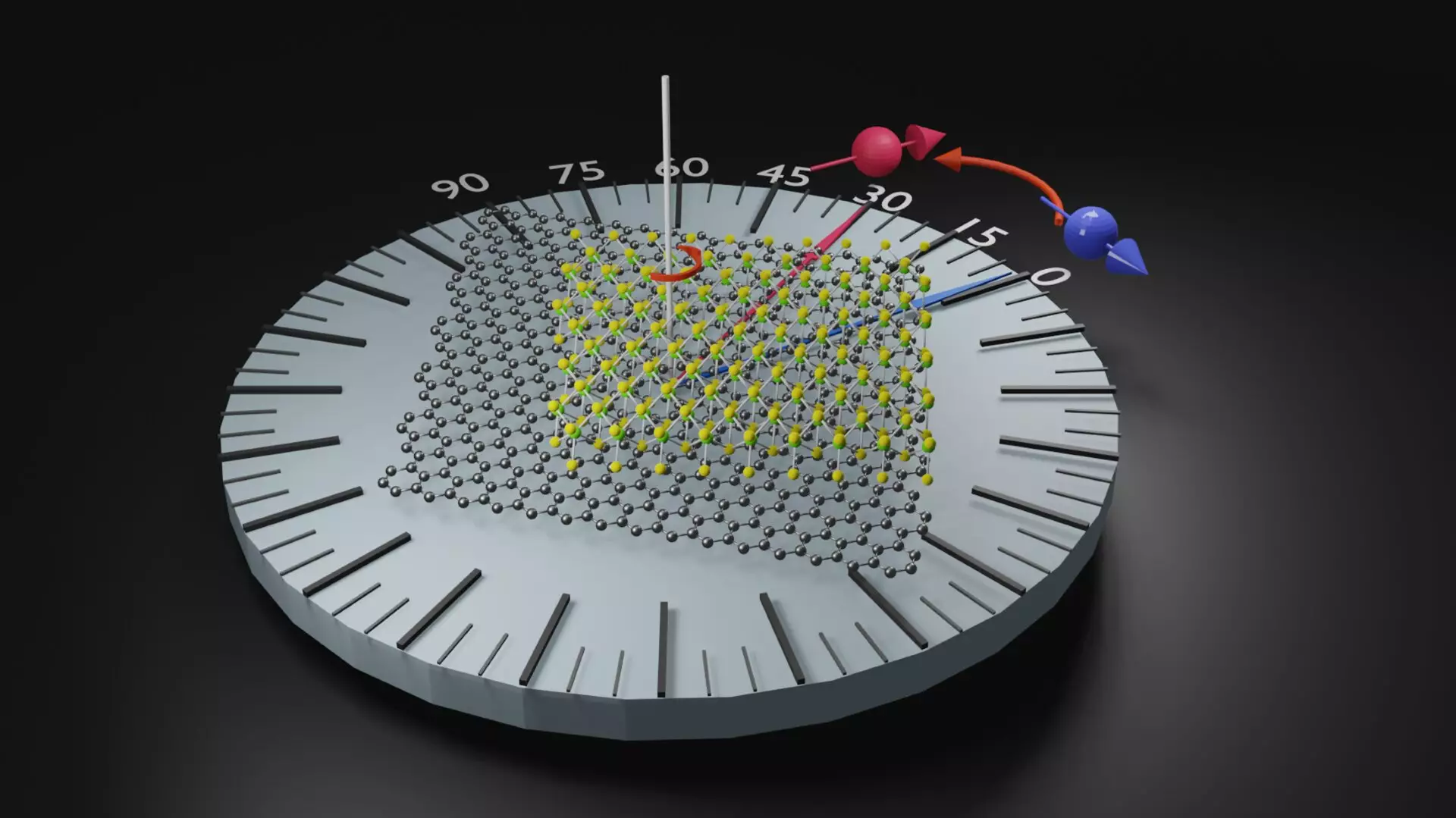In a groundbreaking collaboration with the Charles University of Prague and the CFM (CSIC-UPV/EHU) center in San Sebastian, the Nanodevices group at CIC nanoGUNE has unveiled a new complex material with revolutionary properties in the realm of spintronics. This significant breakthrough, recently documented in the prestigious journal Nature Materials, paves the way for the development of innovative, more efficient, and highly advanced electronic devices. These devices could potentially incorporate magnetic memories into processors, marking a major leap forward in the field of electronics.
The Research Findings
The exploration of two-dimensional materials with distinct properties has triggered a surge in research efforts, particularly in creating heterostructures by stacking two layers of these materials. This innovative approach has led to the discovery that minute rotations of these layers can bring about substantial changes in the heterostructure’s properties. The study focused on stacking two layers of graphene and tungsten selenide (WSe2) to investigate the spin current generated when the layers are precisely rotated at specific angles.
The Impact on Spintronics
Traditionally, spin— which is a fundamental property of electrons and other particles— is transferred perpendicular to the electric current. Managing these spin currents has posed a significant challenge in the field of spintronics, where spin is utilized to store, process, and transmit information. However, the research conducted by the Nanodevices group at nanoGUNE suggests that this challenge can be overcome by utilizing specific materials and precise layer stacking techniques. By simply stacking two layers of graphene and WSe2 and applying a specific twist, the researchers were able to unlock new spin-related properties previously unattainable in the original materials.
This research marks a significant milestone in the field of spintronics, offering a fresh perspective on how to harness spin currents efficiently. The possibilities introduced by this discovery could revolutionize the way electronic devices are designed and manufactured in the future. With the potential to enhance the performance and capabilities of electronic systems, this breakthrough has opened up an exciting new avenue for further exploration and innovation in the field of spintronics.


Leave a Reply